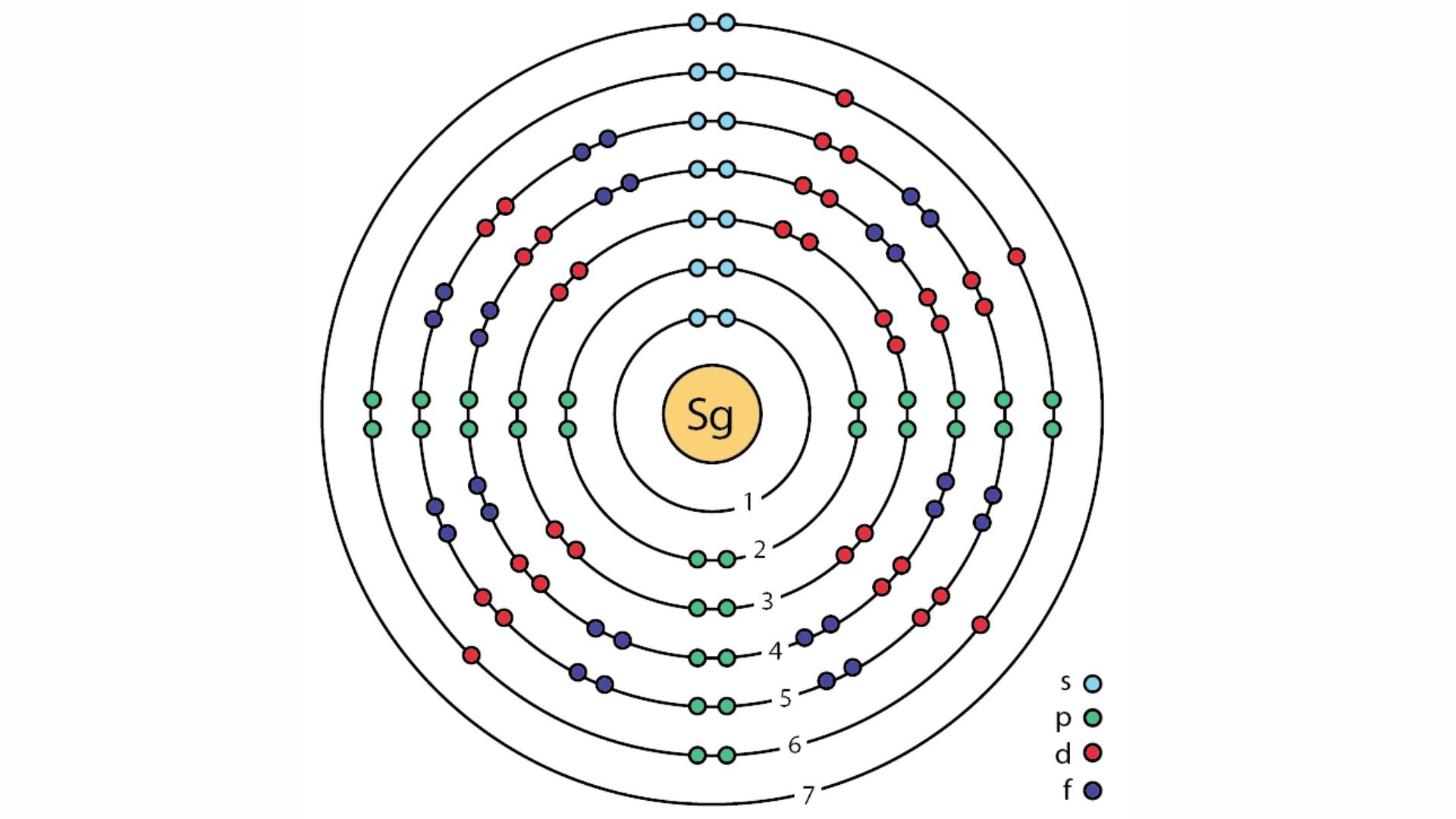💥 This new super-heavy atom challenges nuclear stability
Follow us on Google News (click on ☆)

Seaborgium-257 lasts for 12.6 milliseconds, or slightly more than one hundredth of a second. It then disappears by releasing particles and splitting in two, a phenomenon called fission. Yet, it exhibits a rare property: a special state called a K-isomer, which allows it to resist fission slightly longer than expected.
This discovery was made possible by a highly advanced device in Germany called TASCA. It creates these rare atoms by colliding atomic nuclei at very high speeds.
This challenges some ideas about the stability limits of very heavy atoms. Some, like seaborgium-256, might be even more unstable than previously thought, with a lifespan of less than one nanosecond (one billionth of a second).
To study them, extremely fast detectors are needed, capable of capturing what happens almost instantly after their creation.

Simplified model of the seaborgium atom.
Credit: Ahazard.sciencewriter/Wikimedia Commons
What is a super-heavy atom?
A super-heavy atom is an atom with many protons and neutrons in its nucleus, far more than those found in natural atoms like uranium. These atoms last only a very short time before decaying.
Creating them in the lab allows scientists to explore the limits of matter, test physicists' theories, and better understand nuclear structure related to the atomic nucleus.
Thanks to quantum effects, some of these atoms can last slightly longer than expected. This is what was observed with seaborgium-257. It means that some very heavy atoms might be more stable than others, depending on their shape or internal energy.
Understanding these effects could one day enable the creation of even heavier elements, with potential applications in science or technology. Above all, it helps us better understand how the Universe produces heavy elements in stars.